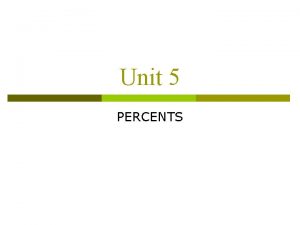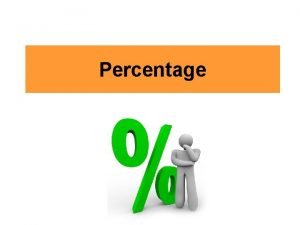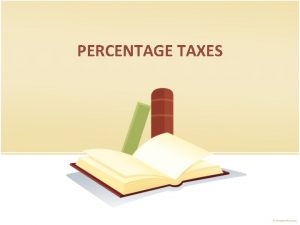EMPLOYMENT RATE Employment rates indicate the percentage of






- Slides: 6

EMPLOYMENT RATE

Employment rates indicate the percentage of persons of working age who are employed. In the short term, these rates are sensitive to economic cycles, but in the longer term they are also affected by government policies that pertain to higher education, income support and measures that facilitate employment of women.

Employment rates are calculated as the ratio of the employed to the working age population. To calculate this employment rate, the population of working age is divided into two groups: those who are employed and those who are not. Employment is generally measured through household labour force surveys and, according to the ILO Guidelines, employed persons are defined as those aged 15 or over who report that they have worked in gainful employment for at least one hour in the previous week. Those not in employment consist of persons who are out of work but seeking employment, including students and all others who have excluded themselves from the labour force for various reasons, such as an incapacity or the need to look after young children or elderly relatives. Working age is generally defined as persons in the 15 to 64 age bracket although in some countries working age is defined as 16 to 64.

COMPARABILITY All OECD countries use the ILO Guidelines for measuring employment, but the operational definitions used in national labour force surveys vary slightly in Iceland Turkey. Employment levels are also likely to be affected by changes in the survey design and/or the survey conduct, but employment rates are likely to be fairly consistent over time.

LONG TERM TRENDS Growth in employment rates was very different for men and women. Employment rates for men decreased somewhat in 6 member countries during the latest three-year period, strongest in Korea, the United Kingdom and Luxembourg. For women, on the other hand, employment rates grew in all member countries except the United Kingdom, where they declined slightly. Particularly strong increases were recorded for Poland, the Slovak Republic, Germany and Austria. Clearly, these differences in the growth of employment rates are leading to convergence in the rates for women and men although differences remain large in many countries.

THANK YOU FOR WATCHING











